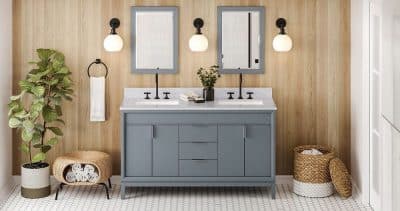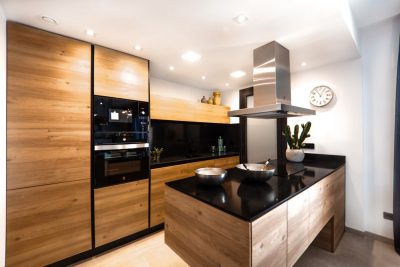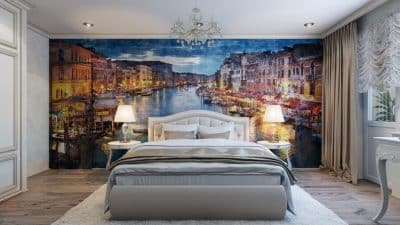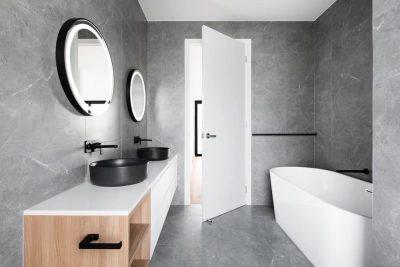Selling your house is not just about listing it on the market—it’s about presenting a lifestyle, an environment, and a vision that buyers fall in love with the moment they step inside. While major renovations can sometimes add value, it’s often the small, thoughtful design choices that create an instant, lasting impression. These touches can make your house stand out, attract serious buyers, and even increase your final sale price.
The reality is, buyers don’t just look at square footage or the number of bedrooms—they judge how the space makes them feel. Is it a good flow? Is it warm and inviting? Does it express current style without being overtly staged? That emotional attachment can be the deal-breaker when a buyer is choosing between two similar homes.
Understanding what design factors impact starts by stepping back and viewing your home from the perspective of the buyer. The objective isn’t to completely redo the space, but to place its good points center stage, quietly downplay its drawbacks, and create an atmosphere that’s welcoming and lovingly maintained.
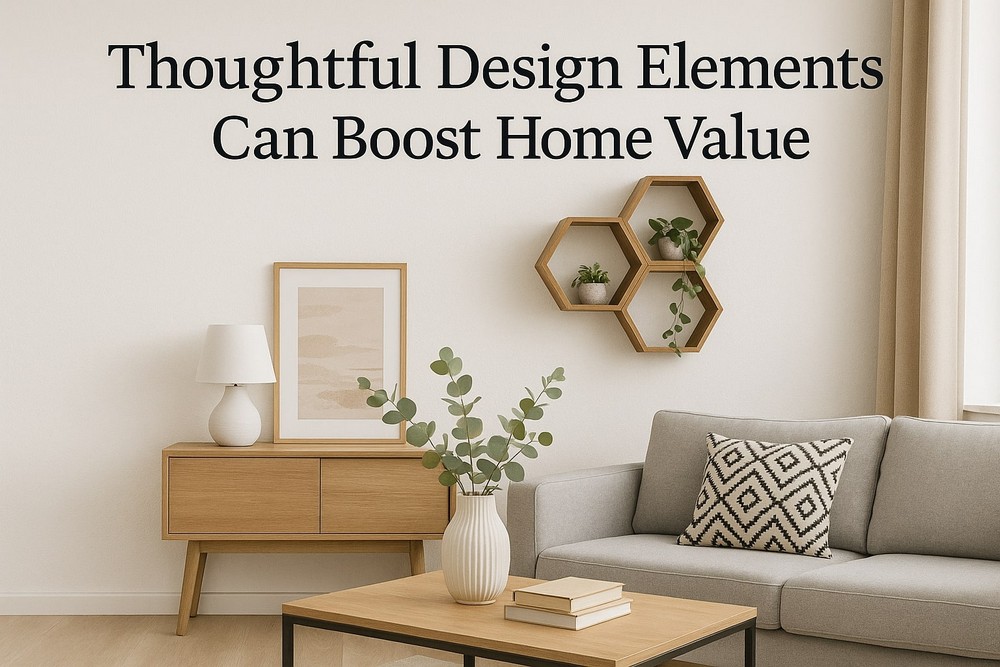
The Power of First Impressions
Even before a potential buyer sets foot in your home, his impression of your home begins. The front yard, sidewalk, porch, and entrance door all leave impressions. Thoughtful gestures here—like well-positioned exterior lighting, neat lines, clean hardware, and restraint with landscaping—imply that the home has been cared for. This curb appeal doesn’t require a lot of money, but it does require intention.
When customers feel welcome at the start, they’re more likely to view the rest of the house positively. It creates a foundation of trust and curiosity that permeates every room they visit.
Light, Space, and Color: A Subtle Transformation
Inside the house, three elements of design have more to do with how something is perceived than anything else: space, light, and color. Strategic placement of natural light and new lighting fixtures can create a brighter, more expansive room. Removing heavy drapery, adding a mirror or two, or trading in old lighting for new pendants can instantly bring freshness and a breath of air.
Color plays the same role. Neutrality is appealing to more buyers and allows them to visualize their own furniture, decor, and style in the house. Warm grays, soft whites, and earth tones are inviting without being overpowering. Vibrant colors or too personalized of decor might be taste-based, but they take attention away and don’t allow buyers to visualize the house as themselves.
Staging furnishings with room to spare also makes a difference. Cluttered rooms shrink in the buyer’s mind. Deliberate placing that focuses on openness, circulation, and livability allows buyers to envision how the house will enhance their life.
Design That Speaks to Daily Living
Thoughtful design is not only about appearance—it’s about livability. When potential buyers are touring a home, they want to know how easily they could live there. Little things like clean entryways, labeled storage, or clean countertop areas say a lot about livability.
For instance, a bright reading nook, an inviting coffee corner, or a two-seat kitchen island offers consumers a story that they can relate to. Such simple vignettes are what make a home memorable since they suggest cohesiveness, warmth, and functionality. The finest houses are not necessarily the most complicated but those which seem like they can fit into an actual human being’s residence.
Even small upgrades like open shelving, modern backsplashes, or updated cabinet handles can transform a room when chosen with intent. They convey a house that has been updated with care, without requiring total overhauls.
Material and Texture: Quiet Luxury
Consumers associate quality with the feel of materials, though they may be unaware of this even unconsciously. Upgrades like wood floors, quartz countertops, matte black hardware, or soft wool rugs create a sensory experience that elevates a space. These are subtle aspects, but they express a message of unobtrusive luxury that endures.
You don’t necessarily need to change everything out—sometimes it’s simply a matter of layering texture and finding balance with materials in a way that feels harmonious. Mixing natural textures with clean lines, for example, can temper a modern home or bring a new edge to a traditional one.
These choices convey a definite message: this house has been dressed up with thought and effort. And buyers are willing to pay for it.
Emotional Cues and Buyer Psychology
Emotionally, at its core, is home design. Buyers may rationalize the decision with data—price per square foot, neighborhood comparisons—but the willingness to make an offer usually originates from how a house makes someone feel. Strong design elicits good emotions and a sense of home. It may create confidence, warmth, excitement, or even a dash of envy.
It’s not uncommon for a buyer to walk through a home that’s been intentionally staged and say, “I can see myself living here.” That might encourage them to make an offer on the spot, especially in hot markets.
If you’re thinking of selling but aren’t sure how much to invest in design upgrades, begin small. Focus on the areas buyers notice most—entryways, kitchens, bathrooms, and living rooms—and make a few moments shine. Less is often more. It’s about showcasing potential without being overwhelming.
Of course, not every home needs to be updated before being sold. In certain cases—most notably where time, finances, or the house’s condition are factors—it may be best to sell in its current condition. That’s where working with Cash home buyers can simplify the process. These buyers often purchase properties in any condition, which eliminates the need for repairs, renovations, or staging. You get the benefit of a fast, hassle-free transaction, and you can move forward without waiting for the “perfect” design plan to come together.
Knowing When to Enhance and When to Exit
There’s a delicate balance between enhancing your home’s appearance and over-expenditure on upgrades that won’t yield a large return. Good design isn’t about doing more—doing better. It’s making decisions on what will sell the house faster and for a better price, without wasting your time or energy.
Sometimes that means a Saturday afternoon paint job and some new lighting. Sometimes, however, it means knowing when to release it, price it right, and sell to a buyer who likes the value in it exactly as it is.
Either path, though, a home that feels deliberate – one in which each space has a function and design choices have been thoroughly made – will always resonate more with buyers than one that’s messy or outdated. And ultimately, that sense of connection is what sells the home.

